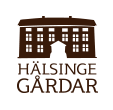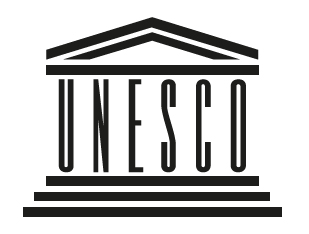Berlin 2023
-
-
- Berlin 2023
The Nordic World Heritage VR-Network on Mystery Tour 7 – 8 november 2023
Berlin is an amazing city. Full of contradictions. Modern meets cultural heritage, history meets future, east meets west – its all in there an a perfect place to spot and learn, wich obvioulsy is the main core for the Nordic World Heritage VR-Network.
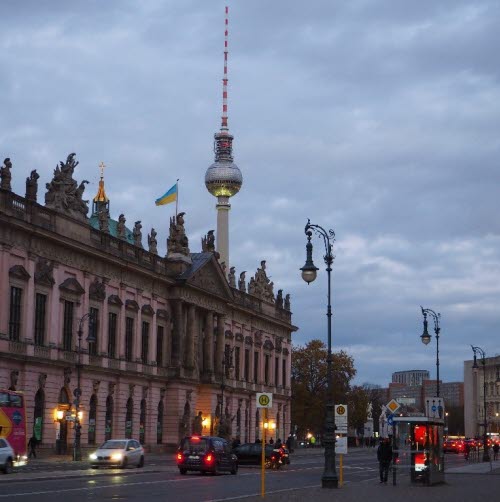
Already at the planning stage, we knew that the so called ”meet-ups” for the project would include one conference at each World Heritage site. But also one last trip to a place we did not know from the start. We had an idea that during the project we would hear about one or more places where we could go to use for inspiration in a future perspective. The choice fell on Berlin as an cosmopolitical place were we also had connections. It seems like a great opportunity for the network to be able under two hole days discover different kinds of ”storytelling” to take back home.
So the network members from Kongernes Jelling, Thingvellir, Kvarken Archipelago, Röros and Decorated Farmhouses found themselves scour the streets and museums of Berlin in search of inspiring VR experiences and methods of communication through innovative dissemination of new techniques and immersive storytelling.
Our first stop was at the Timeride Berlin, an VR-experience who takes you back to 1985 when Berlin was devided in east and west. The way the company built up the experience was indeed really intersesting. First you entered a room where you litterally was lookung through the wall and at the same time got the background of the splitting of Berlin.
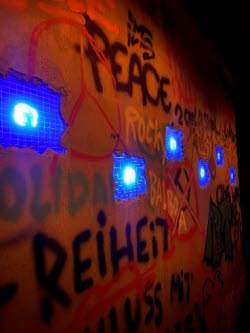
Secondly you entered a room and were presented to three different witnesses of that time, with different perspectives and life stories. You got to choose one of them in the third and last room, where you took place on the bus taking you back to 1985 with your chosen person to guide you.
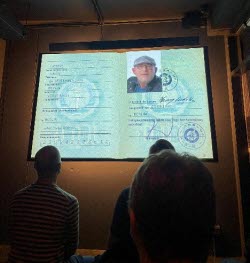
The VR-experience was in that way really personel, The speaker was not just an impersonal voice, it was someone who had actually been there and done that period of history. That made the experience much moore authentic in a really good way. www.timeride.de/en/berlin
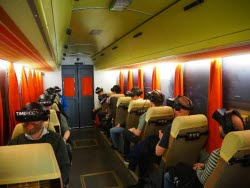
After that the Network members went to Naturkunde Museum. The Museum für Naturkunde, is one of eight research museums of the Leibniz-Gemeinschaft in Germany. The museum houses a massive collection of more than 30 million zoological, paleontological, and minerological specimens, including more than ten thousand type specimens. It is most famous for a number of spectacular exhibits:
- Brachiosaurus brancai, the largest mounted dinosaur skeleteon in the world
- The most exquisitely preserved specimen of the earliest known bird, Archaeopteryx lithographica
- The spectacular glance into a genuine research collection in the re-opened East Wing with more than one million zoological objects preserved in 88 tons of alcoohol
- The beautiful "Wall of Biodiversity" showing 3000 single species in one display, but yet only a small percentile of known biodiversity
- Tristan Otto - Europe's first original Tyrannosaurus rex
Unfortenally the museum was at our visit hacked so no digital experience could be displayed. But the the dinosaurs did eventually came ”a live” when you looked through special googles. And yes, they were big… Museumsportal Berlin - Museum – Museum für Naturkunde Berlin (museumsportal-berlin.de)
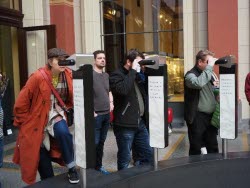
After that some of the members went to the Museum of Communication. A fascinating odyssey regarding the way humanity communicates with each other through out history. Unfortunately, the curators had missed that perhaps not everyone reads and can understand German. In a museum of communication, perhaps English text would have been appropriate. On the other hand, it was a painful realization that this problem also exists at home. Translation of text into other languages is indeed an important part of communication. Homepage – Museum für Kommunikation Berlin (mfk-berlin.de)
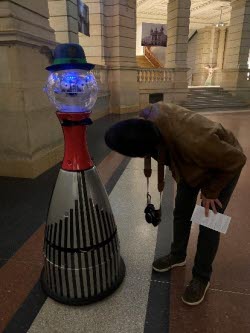
Last stop for the first day was a guided tour at the Spy Museum. In the sence of how resourceful you can be; the Spy museum had no limit for how exciting, clever, inventive, crazy and fascinating ways you can use – if you are a spy… Of course the history of Berlin made it even moore interesting concider the fact the divided town was acting on each side in the years after world war two and the years to come after that. The museum had some interactive places, but mostly the hired guide took the time. German Spy Museum - Berlin’s Hands-On History Museum (deutsches-spionagemuseum.de)
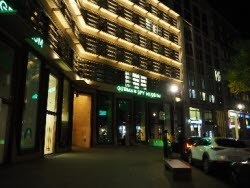
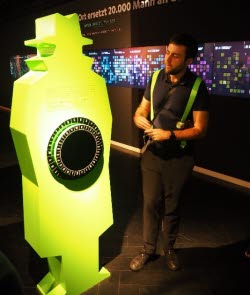
Second day started with at visit to Art+Com
The company ART+COM Communication designs and implements media installations and spaces that impart complex content in a targeted manner and turn information into a tangible experience. They create exhibits for exhibitions, museums and brand spaces. Content is always in the priority, never technology. In totaly 60 – 90 persons, researchers, developers, designers etc, works for the company and the customers are all over the world. For instance the created the exhibition for Kongernes Jelling.
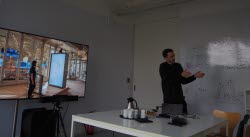
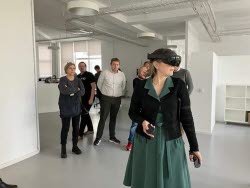
It was extremely fascinating how they allways make plenty of time in research and how there engagement is important for each project. And not only Art+Coms engagement but also the custumers and the future audience. To involve the up coming visitor, and never start with a ”we have it-solution” was really something to take with us. The trend – and the key - is to impowering the visitor from the very beginning. How can we for example involve the visitor? How can we connect to different things? To inform and at the same time take the visitor on a trip and an extend experience? And in the end - the story is allways the most important thing.
So as we learned: Dont go for the paper, go for the process! As difficult it could be with our system of procurement… We are so on the wrong track there.
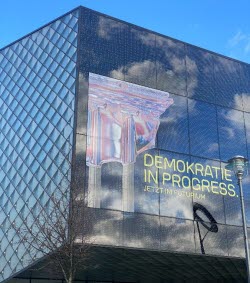
Art+Com made the exhibition at Futurium in Berlin, so the next stop for us was to visit the huge and magnificient buildning or correctly; The house of future, where everything is about the question: how do we want to live our lifes? In the exhibition, visitors discovered many possible futures; in the Forum, they could participate in open discussions; and, in the Futurium Lab, they could try out their own ideas. So your visit starts when you get a bracelet from a welcoming robot and through your visit you can explore learn and even get provoked. Lots of interaktive detailes – and sorry to say lots of text to… But, when you walk thru you get this alternative questions were you can blip you answer with the bacelet, wich actually forms a picture of your opinions of the future in a ticket to take with you home. https://artcom.de/
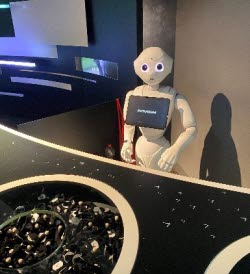
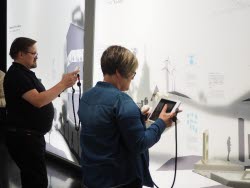
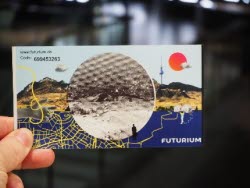
Over all, one can say, the idea how to make the audience or visitors approach a subject or an experience was mostly better than the exhibition itself. And maybe that could add a dimension in our work, to bring in the recipients a head and to engage them so they turn from viewers to active visitors in order to maximize the experience through an deeper understanding.
Berlin was the end for this founded project. Nordic Culture Point have given the Nordic World Heritage VR-Network a great start, a solid network, wich will sustain with or without founded money. We have learned a lot and this last trip to Berlin raised so many question and insights.
So, thank you Berlin and thank you Kongerenes Jelling, Thingvellir, Kvarken Archipelago, Röros and Decorated Farmhouses of Hälsingland.

